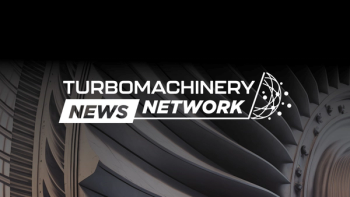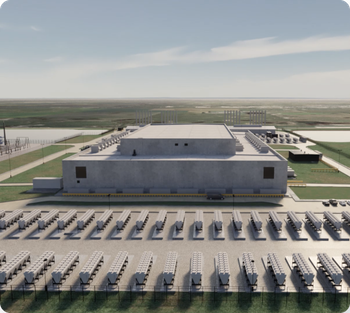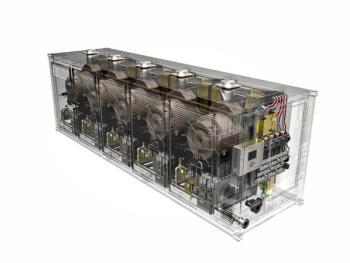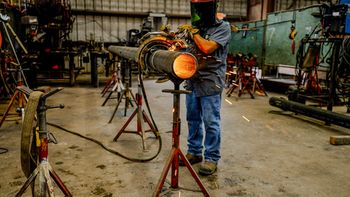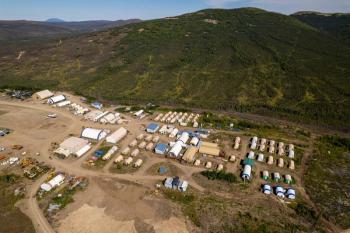
Atlas Copco Addresses Industry Challenges, Increasing Energy Demand
Ulrich Schmitz of Atlas Copco discusses industry challenges and how it’s adapting offerings, leveraging its global presence, and embracing decarbonization and AI.
The
We are releasing a series of preliminary interviews related to our market report. The first interview features Ulrich Schmitz, Vice President of Marketing in the Gas and Processing Division at Atlas Copco. He discusses the pressing issues facing the turbomachinery industry and addresses the challenges outlined above. Additionally, he highlights the technological solutions that Atlas Copco is implementing to meet the growing power demands, particularly those driven by the expansion of AI and data centers.
Read the full cover story,
A few factors that are greatly impacting decisions within the turbomachinery industry are global economic conditions and energy market volatility. What conversations is Atlas Copco having around these factors? How are you navigating the volatility and uncertainty your customers are experiencing?
Schmitz: Yes, that is true. The move toward climate change, reducing emissions, and creating cleaner energy began around 10 years ago, possibly even earlier during the Paris Agreement discussions. In recent years, we've witnessed considerable changes due to the pandemic, the invasion of Ukraine, and various other global conflicts. Additionally, we have changing administrations in the United States. All these factors are causing significant attention on projects, and investors are not moving as quickly as we would expect. We navigate this by maintaining close conversations with our customers to ensure we are aligned with their needs. We adapt our offerings and products to suit the conditions they face.
How are you responding to supply-chain constraints and rising material costs? What solutions are you offering your customers to combat these concerns?
Schmitz: Rising material costs vary by geographical region. Energy costs drive material costs, and we’ve noticed increases in the Western world linked to higher energy expenses and supply-chain constraints caused by logistical bottlenecks. We address these challenges by leveraging our global footprint. We have factories in various regions, including the United States, Europe, and Asia, which provide us with a broad pool of qualified vendors. This approach also helps when tariffs are involved; we can produce more locally if we have suitable suppliers. That’s one of our key initiatives.
Have you seen an uptick in modular and mobile technologies to meet increasing power demands or even the use of smaller micro turbines? If not these, which types of technologies are being used to meet increased demand?
Schmitz: Regarding power demand, we have indeed seen an increase. There’s a clear rise in electricity production for decarbonization and its use in processes and mobility, including the utilization of natural gas. Our equipment is primarily designed for permanent facilities, not mobile projects or plants. However, modularization is a way to reduce onsite work, which is beneficial in regions with high labor costs, such as the United States or Europe, compared to Asia. So, we are seeing modularization in this context.
How are decarbonization technologies advancing within your organization? What’s the demand for these technologies?
Schmitz:Decarbonization is definitely a driving force in our business, especially in the Western world, and it is increasingly gaining traction in Asia. It’s a crucial effort for society, industry, and for us as equipment suppliers.
One of the biggest challenges facing the industry today is labor shortages and skill gaps. How is Atlas Copco working with industry to close the gap and raise a skilled workforce?
Schmitz:We strive to attract young talent early in their careers. We engage with universities and participate in job fairs to entice young people and offer them opportunities within our company. We also utilize various social media channels to reach potential talent. Although we see positive outcomes from these efforts, we recognize that we cannot rely solely on this approach. We are also employing artificial intelligence to enhance efficiency and address potential labor shortages.
Newsletter
Power your knowledge with the latest in turbine technology, engineering advances, and energy solutions—subscribe to Turbomachinery International today.

